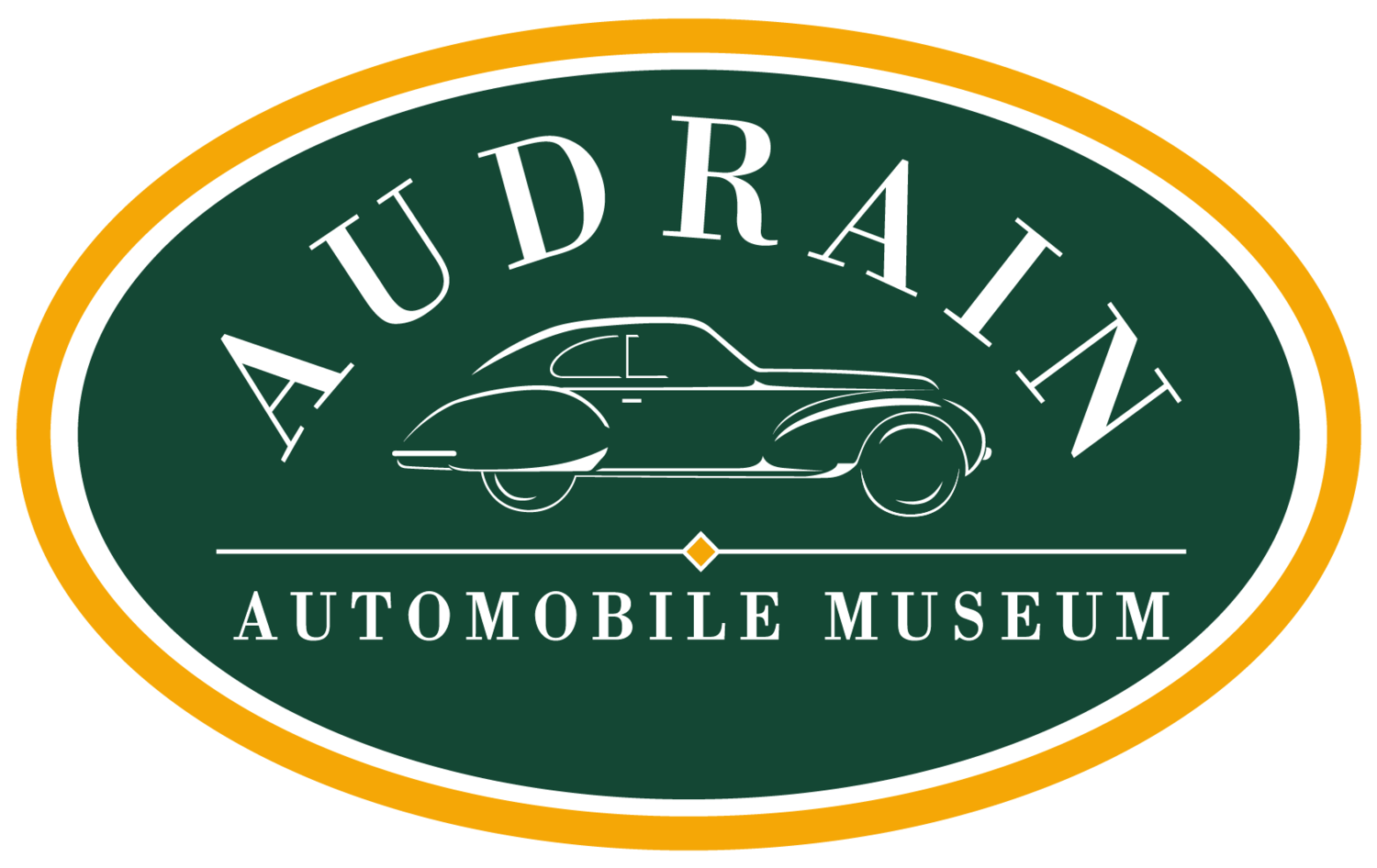2016 Porsche 911 GT3-RS



First GT3RS with dual-clutch transmission
700 lbs of downforce with help of large rear wing
Incredible leap in performance over previous generation RS
Coming off the successful 997 generation GT3RS, the 991 generation introduced many changes, leading to drastic improvements throughout every aspect of the vehicle and its performance. The most controversial difference from the previous generation was its dual-clutch transmission only option, as the previous generation was solely offered with a manual transmission. With the 991 generation, Porsche’s mentality towards the RS line of cars became much more focused on faster lap times. The improvement in efficiency of the dual-clutch transmission paired with numerous other improvements across the platform, leading to a massive leap in performance over the 997 RS.
The 991 grew in size compared to the 997, sharing its widebody platform with all-wheel drive 911s, while the standard GT3 and other two-wheel drive models received a narrow body. The wheel size increased to 20-inch fronts and 21-inch rears, wrapped in 265 and 325 width rubber respectively, providing a substantial amount of grip. The rear tires were actually so wide that they rubbed slightly on the outer fender in stock form! The most noticeably grown aspect of the RS was the massive rear wing. Although it lowers the overall top speed of the car, it helps to provide over 700 lbs. of downforce at high speeds, planting the car to the ground on the track or on the autobahn. Working with the rear wing to provide down force are the front splitter and front fender gills, working to release pressure inside the front fender wells to keep the front end planted down.
The seemingly never-ending incremental improvements on the 991 GT3RS created one of the most capable high-performance vehicles available in 2016. Many of the suspension components are adjustable, including ride height, anti-roll bars and camber settings, while the dampening is adjusted electronically with Porsche Active Suspension Management (PASM). The rear wing also offers three adjustment positions to increase or decrease downforce depending on the track.
While behind the wheel, the differences are noticeable immediately. The steering wheel itself has a smaller diameter to induce quicker turn in. Perhaps the most major advancement over the previous generation is the introduction of rear-wheel steering. At lower speeds, the rear wheels turn slightly in the opposite direction of the front wheels, allowing the car to rotate quickly with the feel of a shorter wheelbase. At higher speeds, the rear wheels turn in the same direction as the front wheels, to make the car feel more stable.
The 991 represented a massive jump in performance over the previous 997 generation, due to these numerous small changes. Now nearly 10 years old, early 991’s represent incredible performance for a fair value, still offering a very modern driving experience.
Specifications:
911 Chassis code: 991.1
Engine: 4.0 liter flat 6-cylinder
Transmission: 7-speed automated manual PDK
Power: 500 hp @ 8250 rpm / 338 lb-ft Torque @ 6250 rpm
Speed: 193 mph / 0-60 mph in 3.0 Seconds
Curb weight: 3,130 lbs

